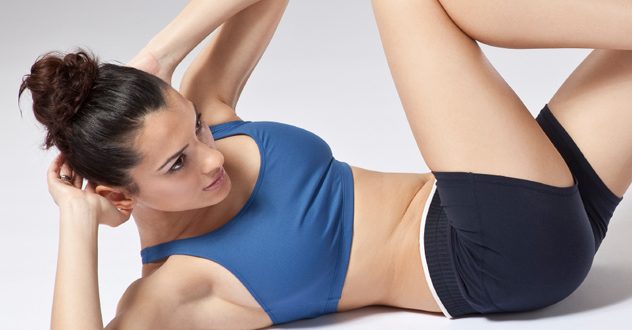Researchers pointed out a glaring gender gap in their field: Women are less likely than men to be included in studies about exercise and sports medicine, in part because of their periods. “The complexities of the menstrual cycle are considered major barriers to the inclusion of women in clinical trials,” the authors wrote.
Historically, women were often left out of research because of fears that drug trials in particular might harm unborn babies. Furthermore, researchers eager to obtain “meaningful results with fewer participants and less funding” didn’t want to risk including women because they were regarded as “more physiologically variable” than men.
“Since men were viewed as adequate proxies for women, the years of exclusion of female participants from research were considered inconsequential,” write the authors.
But it is now known that women respond very differently from men to drugs, and that they are twice as likely to react badly to them, they say. This is important for pharmaceutical companies too, because 80% of the drugs withdrawn from market are due to the “unacceptable side effects” women who took them experienced, they point out.
When researchers do include women, they tend to make sure they are in the early follicular phase of their menstrual cycle, when levels of oestrogen and progesterone are at their lowest.
However, this just means that the true impact of these hormones on exercise performance isn’t really known, “thus perpetuating the significant gap in understanding,” argue the authors.
The research that has been carried out suggests that a significant proportion of women athletes believe their menstrual cycle affects their training and worsens performance.
“There is a clear need to gain better understanding of the female physiology and to define the effects of the cyclical variations in hormones, both positive and negative, on athletic performance,” the authors insist.
“Also, a greater understanding of the menstrual cycle is needed to address the reported negative impacts on exercise training in order to encourage participation and avoid further disparity in gender representation,” they add.
The report is published in full in the ‘British Journal of Sports Medicine’.
Agencies/Canadajournal
 Canada Journal – News of the World Articles and videos to bring you the biggest Canadian news stories from across the country every day
Canada Journal – News of the World Articles and videos to bring you the biggest Canadian news stories from across the country every day



